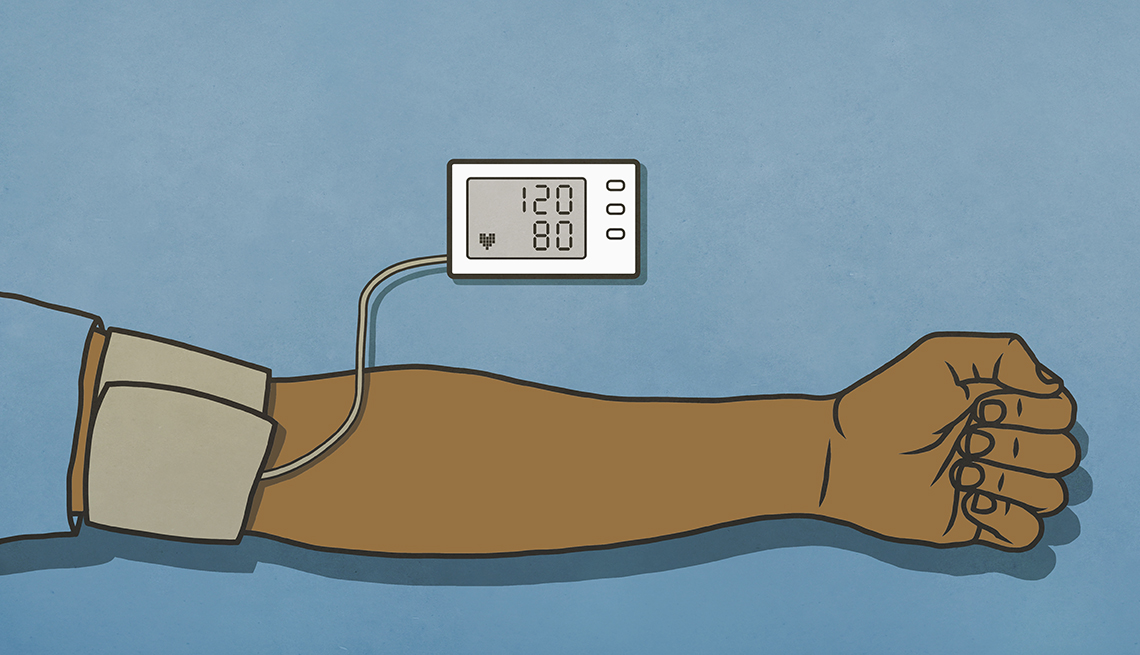- Select a language for the TTS:
- UK English Female
- UK English Male
- US English Female
- US English Male
- Australian Female
- Australian Male
- Language selected: (auto detect) - EN
Play all audios:
Here we discuss approaches to refine our editorial processes. Last year, _Nature Cell Biology_ celebrated publishing 25 years of content across the breadth of cell and molecular biology, in
physiology and pathophysiology, development and stem cells. We have delighted in hearing about the pieces our contributors and readers discovered and hope every reader found content that
resonated with them. We have enjoyed the important reflections and celebrations in our fellow community journals celebrating their own anniversaries last year, such as _Cell_ and _Nature
Structural & Molecular Biology_, and we hope you have too. While it has been a wonderful opportunity to look back on the impressive progress made in the past 25 years, we have also
looked to the future and thought about the continuing changes in cell biological research. Tools and technologies are ever evolving; interdisciplinary research is increasingly the norm; and
unconventional model systems are more common. With this progress comes new challenges — for example, with regards to how editors manage the editorial process, its efficiency, how long
manuscripts take to get published and how to ensure data integrity — and we as a journal need to continually consider how best to serve our community. Along with internal discussions, we
have looked to the feedback we have received from our accepted authors about the editorial process. We understand that the process between ‘acceptance in principle’, editorial acceptance and
online publication contains several hurdles. We hear about delays and extensive editorial demands about manuscript formatting pre-acceptance. Importantly, our community remains firmly
committed to ensuring the scientific integrity of published findings. Since last year, _Nature Cell Biology_ is no longer publishing Letters — our primary research content is divided into
Articles (describing novel biological findings), Resources (presenting large datasets of high interest to cell biologists) and Technical Reports (advances in methods and approaches of wide
impact). This step harmonizes our formats with those of _Nature_ and helps to reduce requests to our authors to reorganize their manuscripts, as Letters required unique formatting. All our
primary research content types now show the same manuscript structure, and all can now contain 5,000 words (excluding the Methods section, which does not have a limit, and references). It
places us slightly under the word counts at other cell biology journals, such as _Cell_ (under 7,000 words) and _Journal of Cell Biology_ (40,000 characters for an Article), and slightly
over the _Science_ format (around 3,000 words). Another priority is to reduce the time your manuscripts stay with our editors and staff. Our standard revision period is six months, and we
are optimizing our editorial process by zeroing in on editorial or author tasks that do not affect the science reported, such as rethinking our formats and adjusting features of our
manuscript submission system. More work is needed to improve the average submission to publication time and the time to get published online after acceptance. This is an important journal
goal, and we are working with our production colleagues to improve the experience of our authors for the entirety of a paper’s time at Springer Nature. Scientific integrity and
reproducibility are long-standing priorities for our journal and community. The Nature Portfolio recently conducted a survey in which 96% of researchers who responded rated the skills
required to publish a paper ethically as important. Ethical publishing involves many skills and best practices, including ensuring the integrity of the data presented in a manuscript. We
have heard from many of our authors and readers, and we agree that doubting the integrity of images presented in an article can erode confidence in the conclusions drawn from the data. We
have a responsibility to ensure the quality of the articles we publish. A part of this rests in our monitoring of the integrity of the images included in our articles to represent microscopy
data and gels. Our journal has previously relied on manual checks, by individuals, primarily looking for duplicated images. Errors in figure preparation happen and, in our experience,
mistakes are the main source of such image similarity concerns. We want to help our authors fix them as quickly as possible. _Nature Cell Biology_ has joined efforts at Springer Nature to
test the use of automated artificial intelligence-powered tools, such as Springer Nature’s SnappShot and the commercial tool Proofig, to screen gel and microscopy images prior to
publication. The tools are designed to detect unacceptable manipulations of images, such as duplications within a paper, rotation or stretching that affects how the image is interpreted. Our
image checks take place prior to acceptance, when authors work to provide their final, edited article files. We have integrated the checks with our editorial process with the goal to
enhance the rigour of the image analysis process without creating delays. Automated tools are meant to provide more accurate and faster checks. Our editors and the Springer Nature Research
Integrity Group work together to scrutinize results from those checks (whether the checks be manual or, now, automated) and to determine if clarifications and/or additional information or
data are needed from our authors prior to publication. These pre-publication checks will cover an increasing proportion of our content but do not replace our current editorial practices
about post-publication image integrity issues. Our editors continue to discuss all image integrity cases with our Chief Editor and Research Integrity Group, and additional Springer Nature
advisers as needed, and to follow COPE guidelines to determine next steps. Our journal processes are adapting to improve the experience of our authors and maintain the high quality that
readers expect in our articles. It is a privilege to enhance and disseminate your work. We are excited to continue our efforts to better fit the needs of all cell biologists and help you
publish impactful, high-quality, rigorous articles. We look forward to your feedback on those changes and welcome suggestions. RIGHTS AND PERMISSIONS Reprints and permissions ABOUT THIS
ARTICLE CITE THIS ARTICLE Adapting to improve the author experience. _Nat Cell Biol_ 27, 1 (2025). https://doi.org/10.1038/s41556-024-01596-4 Download citation * Published: 16 January 2025 *
Issue Date: January 2025 * DOI: https://doi.org/10.1038/s41556-024-01596-4 SHARE THIS ARTICLE Anyone you share the following link with will be able to read this content: Get shareable link
Sorry, a shareable link is not currently available for this article. Copy to clipboard Provided by the Springer Nature SharedIt content-sharing initiative

:max_bytes(150000):strip_icc():focal(216x0:218x2)/benedict-cumberbatch-1-435-4-20cc736017b24435a3498a49d7c22b0e.jpg)





